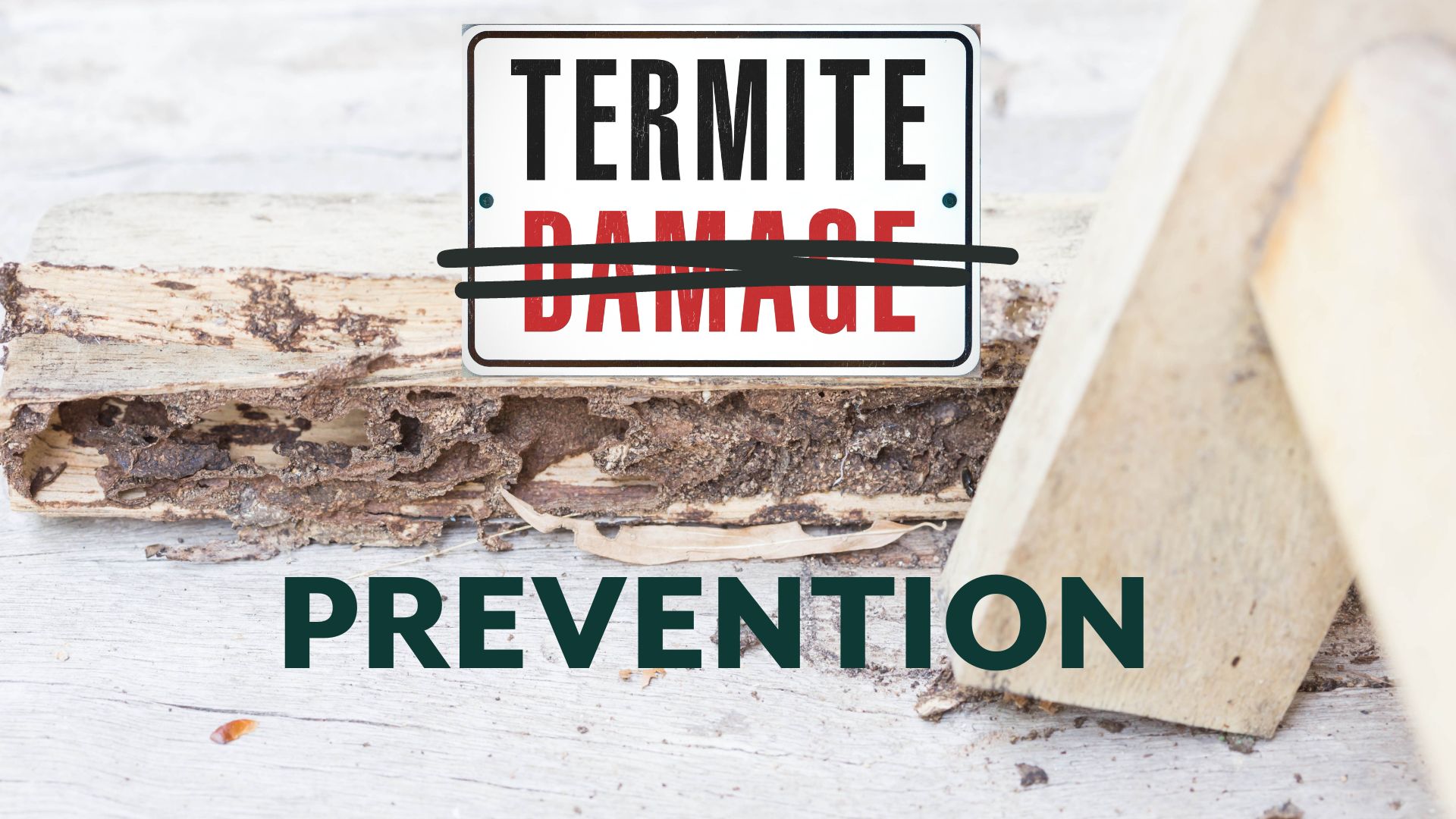Ensuring a Termite-Free Home: An Actionable Guide [Updated on: March 2024]

Termites, often silent destroyers, can compromise the structural integrity of your home without warning. Protecting your residence from these pests is crucial for maintaining its value and safety. Here's a straightforward, action-oriented guide to help you fortify your home against termites.
Immediate Steps for Termite Prevention
- Eliminate Wood Contact: Direct contact between soil and wood is an open invitation to termites. Elevate wood structures by at least 6 inches from the ground. Regularly inspect wooden fences and decking for signs of decay.
- Repair Leaks Promptly: Moisture attracts termites. Repair leaking faucets, water pipes, and AC units immediately. Ensure proper drainage around your home’s foundation to keep the structure dry.
- Seal Entry Points: Termites can enter through tiny cracks. Seal gaps around utility lines and pipes entering your home. Use a silicone-based caulk for effective sealing.
- Ventilate to Reduce Humidity: Basements, attics, and crawl spaces must be well-ventilated to prevent moisture buildup. Use dehumidifiers in these areas during humid months.
DIY Termite Monitoring
- Install Bait Stations: Place termite bait stations around your home’s perimeter. These act as early warning systems for termite activity. Regularly check and replace the bait as needed.
- Wood Debris Management: Remove all wood debris, including firewood, from around your home. Store firewood at least 20 feet away from your home and elevate it off the ground.
Signs to Watch For
- Hollow-sounding Wood: Regularly inspect your home for wood that sounds hollow when tapped. This is a sign of internal eating by termites.
- Visible Mud Tubes: Look for pencil-sized mud tubes near the foundation or in crawl spaces. These tubes protect termites from predators and preserve humidity.
- Frass or Termite Droppings: Fine, powdery wood-colored droppings near wooden structures indicate termite presence.
- Discarded Wings: Winged termites, or swarmers, discard their wings after finding a new colony site. Finding these wings inside your home signals a nearby termite colony.
Professional Assistance: When to Call
- Annual Inspections: Even if no signs are present, a professional termite inspection annually is a preventive measure that can save you from future infestations.
- Upon Detection of Termites: If you discover any signs of termite activity, immediately contact pest control professionals. DIY methods are not effective against established colonies.
Long-term Termite Control Strategies
- Professional Barrier Treatments: Chemical barriers applied by professionals around your home deter termites. These treatments can provide long-term protection but require expert application.
- Consider Building Materials: For new constructions or renovations, consider using termite-resistant materials like treated wood, metal framing, or concrete.
- Landscape with Care: Avoid planting trees too close to your home and trim any branches that come in contact with your home’s exterior. Maintain an 18-inch gap between soil and any wood portions of your home.
Stay Informed and Proactive
Understanding termite behavior and maintaining regular checks are key to a termite-free home. Combine DIY strategies with professional services to ensure comprehensive protection. Remember, the cost of prevention is always less than the cost of repair following a termite infestation.
By following this guide, you're not just defending your home against termites; you're also preserving your peace of mind. Take action today, and keep your home safe and secure for the future.
Interested in buying a property?
Leave your details – we’ll call within 5 minutes.
Comments
No comments yet. Be the first!